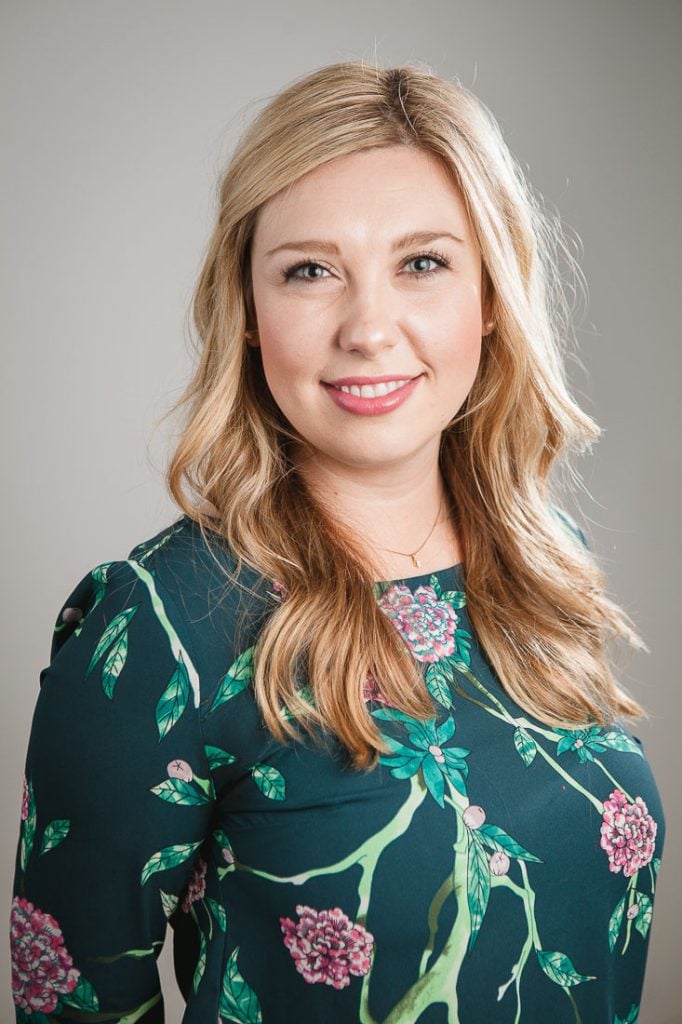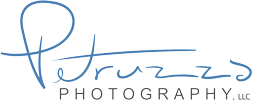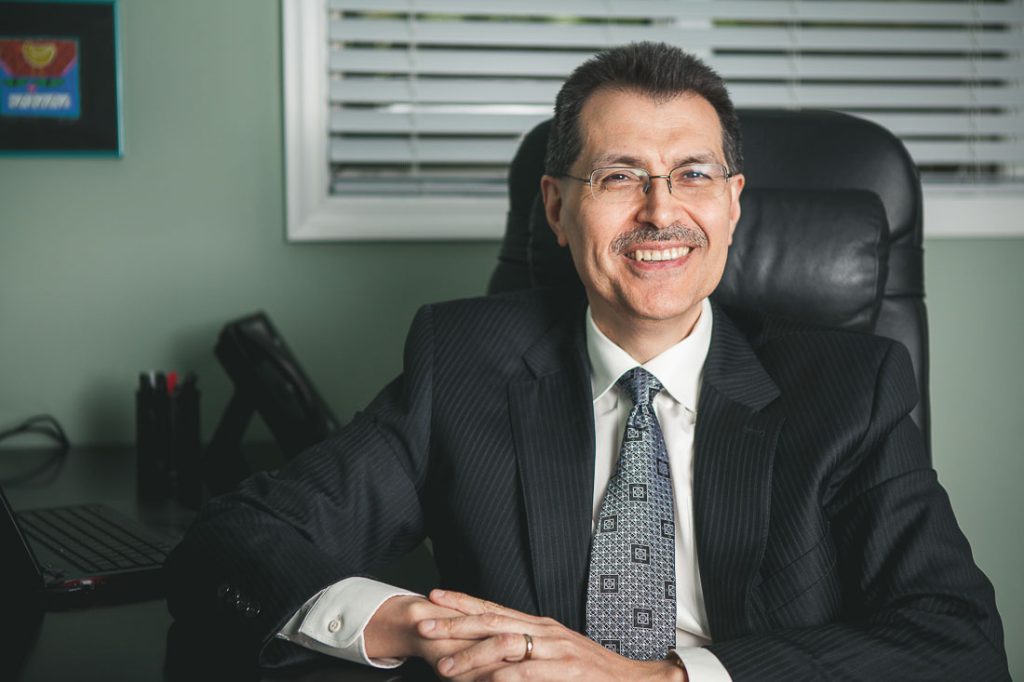It’s 2015 and professionals need headshots. Plain and simple. It may not be customary to share a headshot along with a resume or when hiring an electrician, but we’re in an age when tasks like that aren’t so simple. Employers don’t stop at the resume when they’re vetting you out. If you hire an electrician, your search probably dodn’t start and end in the yellow pages anymore. When customers decide to do business with your company, it’s not just on plain and simple facts–where you studied, where you worked last, production materials used, or even the price of your products and services.
We have LinkedIn, Facebook, Twitter and an endless string of social media profiles–and the people who might hire us are going to try and look at them. Our companies have websites, employee directories, and also have a slew of social media profiles. The people who can improve our professional lives, our businesses or our projects, they’re now expecting to be able to see real people’s faces.
Since it’s become difficult to go to the next level professionally without revealing your likeness, it’s also become more important to present your likeness professionally. Your headshot should be inviting and approachable. It should be representative of who you are, and to a degree, what you do, but it should not appear overly contrived.
It’s easy for your photo to misrepresent you, so it’s a good idea to hire a professional. But, if you choose not to, keep these points in mind for better results choosing an existing image.
 First of all, no one else should be in the photo.
First of all, no one else should be in the photo.
This is a no-brainer. Your headshot should be of you and only you. You may have a great facial expression in the group photo that was taken at the last Christmas party, or maybe you really looked great in the photo with your best friend when you were hiking. But you need to just nix these photos from the start.
Including other people in the image creates a small degree of mental effort: “who’s who?”. But expecting someone who doesn’t know you, or owe you anything, to put in that effort is a bad idea. And, perhaps even more important, never awkwardly crop anyone out of the photo to make your headshot. It looks supremely unprofessional, and creates questions about your social standing.
Dress like the people you need to impress.
Who’s attention do you need? Your customers? Your boss? The executives at the company you’re hoping to work for?
You headshot should help people visualize how your operate as a professional. The social queues that come from your attire can have a big impact. If you’re hoping to sell skateboards, you might not want to wear a suit and tie in your headshot. But if you’re hoping to land a job at a research center, you’d do well to avoid the baggy tank-top.
Of course, there are limits to this rule of thumb, and it’s important to know who your benefactors really are. If you’re the face of your skateboard company, you’ll want to dress for your customers. But if you mostly deal with investors, and someone else is the face of the company, you’ll want to dress for your investors.
Use a medium shot
A medium shot isn’t a close up, but it’s not full length either. A medium shot will include your body from below your chest belly-button and just below your hips, to above your head.
You want to avoid full length images because a tilt of a wrist, position of the feet and hips, an arch of a back, and other considerations can communicate more through perceived body language than you may want. You want to avoid close ups because they can communicate an uncomfortable intimacy for prospects.
Medium shots help provide a sense of openness, without being overwhelming or inviting mental detours into the other aspects of the image.
Go for relaxed and confident
For most people, to appear relaxed and confident in an image is a difficult thing unless the image is candid, and captured while you’re actually relaxed and confident. This is where most people really need the help of a professional.
But if you’re looking through your own existing images, look for these qualities.
Your back should be straight – In almost any position, natural posture often looks hunched in a photograph. Choose a photo where your back is straight.
Keep your shoulders pushed back – This is especially important if you’re folding your arms. In real life, but especially in photographs, slouching shoulders make your look timid and sometimes even defeated or weak.
Avoid looking out from under your eyebrows – Keep your chin up. Looking out from under your eyebrows implies a range of emotions, such as deviousness, sarcasm, guilt and flirtatiousness. You probably don’t want to communicate those emotions in a professional headshot.
Don’t use a headshot from a bar, unless you’re a bartender
Your headshot should de-emphasize your location and emphasize you. But if you’re choosing from your own images, you’ll have to give the location more careful consideration. The location of your headshot should be at least somewhat relevant.
if you’re an executive, your photo should be taken in your own office. If you’re hoping to get a job in an office, your photo should be taken around office buildings, or even in another office. If you’re selling skateboards, it might be better to picture you in the shop, or even outside with a board somewhere.
So disregard images that picture you in obviously irrelevant locations. Unless you’re a travel agent, a photo in front of the Taj Mahal is probably not a good choice.
We can make this easier
Petruzzo Photography can do all this thinking for you. From questions of who you need to impress, to where to create the images, we love the chance to help people improve their professional lives by improving their headshots. Contact us today to learn more about how we can help you go to the next level.



